3 Clutter Buster Tips
First of all, what is clutter? What does it look like to you? My definition of clutter is a jumbled mess of miscellaneous stuff that has accumulated as a result of indecision and inaction. It’s piles of mail, heaps of clothes, and a tangled mess of adapters and earbuds. So how do we get rid of it?
Clutter buster tip #1
 Reclaim order often and ask yourself two questions:
Reclaim order often and ask yourself two questions:
- What decisions do I need to make in order to get rid of this clutter?
- What actions do I need to take to reclaim order?
Reclaiming order is the process it takes for us to create order after we’ve made a mess of things. For example if all the laundry was clean and put away, how long would it take for more dirty laundry to appear? Less than one day, right? That is natural disorder. We wear our clothes and get them dirty, and then they need to be laundered. Those three steps create the organizing flow (see diagram). The more often we complete the organizing flow circle, the less clutter and mess we have to address. I’m not recommending we do laundry every day, but I am recommending we do it often enough so it doesn’t become an overwhelming task. This organizing flow circle works for all areas of clutter, mail, clothes, cosmetics, tech paraphernalia, email, and the like. The key is to reclaim order in a timely manner so clutter doesn’t have a chance to grow and take root.
Clutter buster tip #2
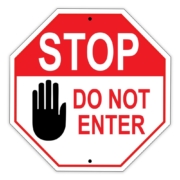
Say No! and use gatekeeper questions.
A very effective way of reducing clutter is preventing it from coming into our homes in the first place. This is often easier said than done, but there are things we can do to stop clutter at the door. One option is to get removed from mailing lists, both electronic and snail mail. Use the national do not mail list. Another option is to see what makes up the piles of clutter and figure out who brings it into the house. Is it clothes, books, paper, or toys? Have the person responsible use a list of gatekeeper questions before bringing anything new into the house. These questions help determine the usefulness and practicality of items. Some examples are: Why are we buying you? What value will you add to our household? Where do we have a place for you? What will happen if we don’t buy you today? The point of these questions is to make you stop and think about what you’re bringing in before it gets to your door.
Clutter buster tip #3
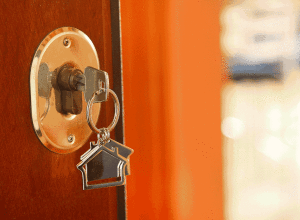 Adopt a return-home-routine.
Adopt a return-home-routine.
Give yourself 5 to 10 minutes when you return home to take care of anything you brought home with you. I mean anything. Put your keys and handbag in a specific spot. Hang up your coat and put away your shoes. Take care of receipts, mail, and other items you carried in with you. Find a destination for any new purchases you bought. Do this every time you enter your home so it becomes a habit. This helps prevent piles of clutter from growing. We need to be diligent and have a do-it-now attitude, because clutter is a social creature and will attract other clutter if we let it.
©January 2020 Janine Cavanaugh, Certified Professional Organizer® All Rights Reserved




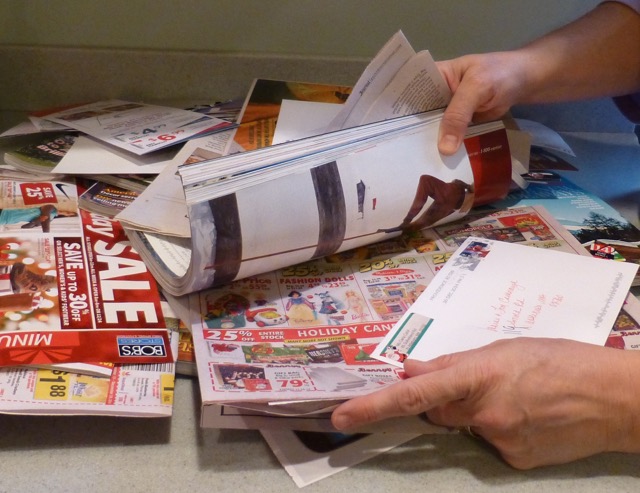


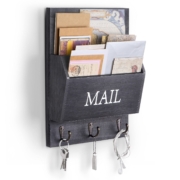


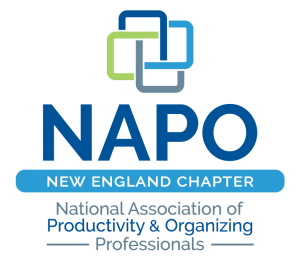


Leave a Reply
Want to join the discussion?Feel free to contribute!